
Loans Designed for Self-Employed Borrowers
Are you self-employed or freelancing in California? Getting a mortgage can feel challenging when your income doesn’t fit neatly into a W-2 box, but it doesn’t have to be. Traditional conventional loans aren’t the only path to homeownership. Lenders now offer flexible programs designed specifically for entrepreneurs,business owners, consultants or creatives. Anyone who doesn't fit neatly in the W-2 income box.
Below, you’ll find some of the most popular options available to self-employed borrowers.
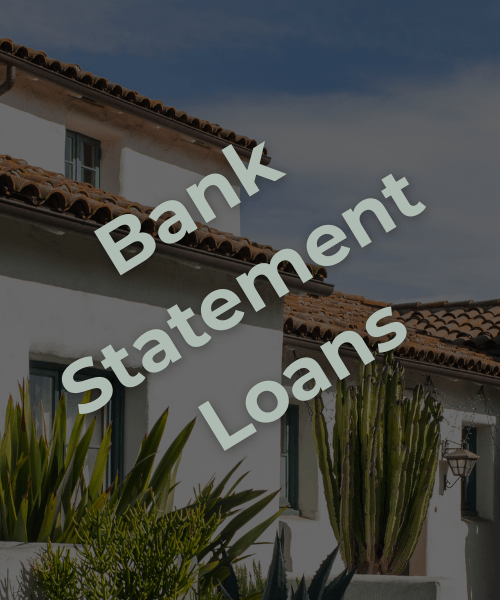
When a Bank Statement Loan Makes Sense
You've written off too many expenses to qualify for the loan you need, but you have income coming in.
You've been self-employed for at least 1 year.
You make all (most) of your business deposits to one bank account (either business or personal)
Your deposits aren't necessarily consistent, but they do show an overall pattern during the most current 12 months.
You can prove the deposits came from your business earnings.
Your FICO score is at least 620
You have at least 10% for a down payment or 10 % equity in your home.
Loan amount: $115,000 to $3,000,000
A popular loan for both purchases and refinances, either business or personal bank statements are acceptable, but only one account can be used. If personal bank statements are used, 100% of income deposits are counted. If business statements, a percentage is deducted for expenses, the percentage amount will depend on the type of business.
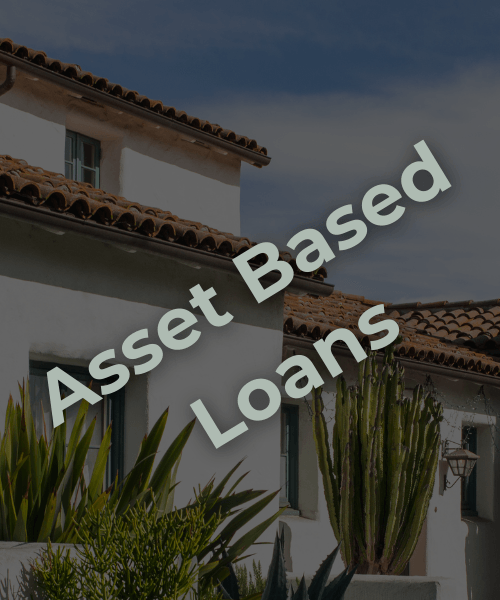
When to Use an Asset Depletion Loan
You have substantial assets in checking, savings, financial investment accounts and/or retirement accounts.
You do not have to disclose any work history.
Your assets can be in multiple accounts.
Your assets have been in your accounts for at least 2 months.
You have a down payment or equity of at least 20%
Your FICO score is a minimum of 620
Loan Amount: to $2,500,000
Interest-only option available
Cash assets are counted 100% face value. Securities at 80% and retirement funds 70%.
On purchase loans, assets considered are after down payment.
Asset utilization can be combined with other loan types to increase income
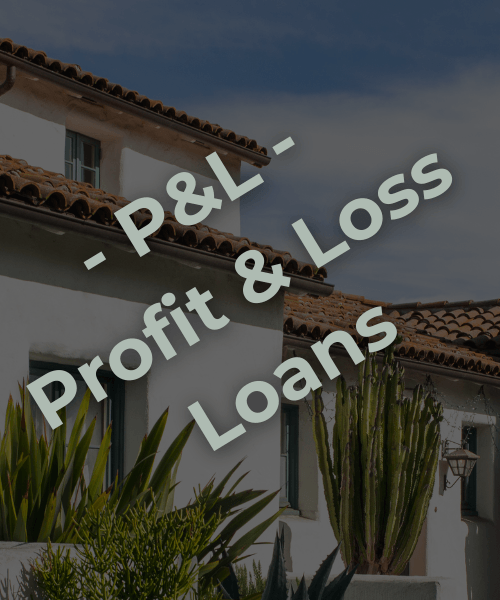
When to Show Your Income Using a Profit & Loss Statement
You have substantial income, but write off too many expenses on your tax return.
You have been self-employed for at least 2 years.
You have a down payment or equity of at least 20%
Your purchase or refinance must be for an owner-occupied property.
Your FICO score is at least 640
Loan amounts: to $1,500,000
The adjusted gross (income minus expenses) is the income that will be considered. The Profit and Loss Statement must be on the CPA or EA's letterhead with their license number and signature.
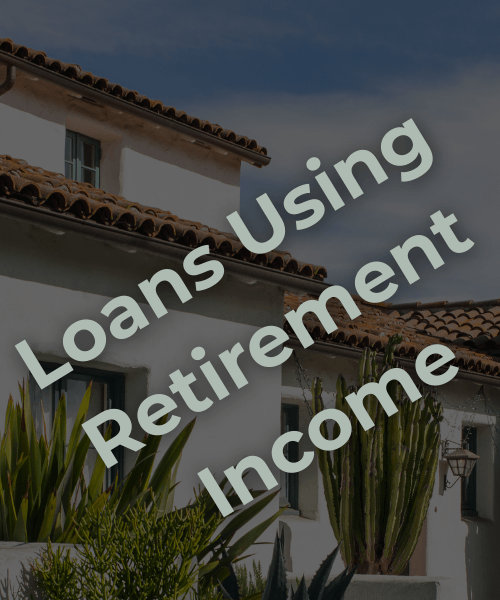
When You Are Receiving Retirement Income
Retirement income from all sources is utilized
Any untaxed portion is increased for purposes of analysis
You may increase the monthly distribution for the purposes of qualifying
Retirement income must be ongoing
Retirement income may be used as an addition to business income if you are working either self-employed or payroll

DSCR Loans for Investors only
Debt Service Coverage Ratio
The Rental income must cover Principal, Interest, Taxes, Insurance, and HOA dues (if condo or PUD)
Applies to single-family homes, condominiums, and PUDs, as well as 2-4 unit properties.
Your down payment or equity must be at least 15%
Minimum FICO 660
Loan amounts to $3,000,000
Property may be located in states other than California
You must have cash reserves; the amount is based on the loan amount, the loan-to-value, and your FICO score.
Your personal income is not considered or disclosed
First-time investors are considered
A popular, in-demand loan for property investors. A first-time investor is one who has not owned an investment property within the past 3 years.
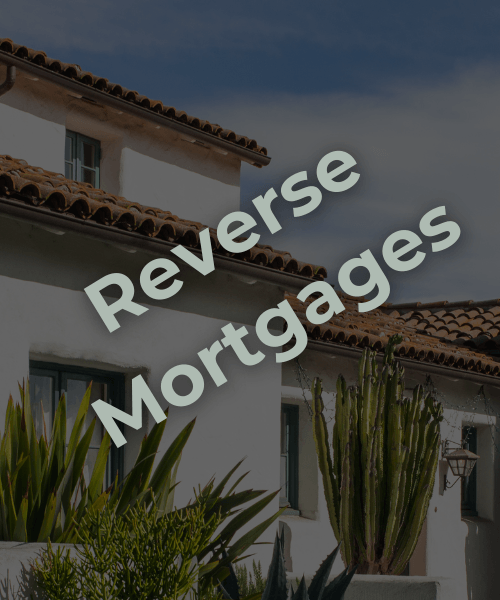
When a Reverse Mortgage Will Be Your Choice
You must be 62 years of age; however, there is a jumbo reverse mortgage for those 55+.
You may use a reverse mortgage for both purchases and refinances.
The amount of the loan is determined by your age and the amount of equity in the property.
You have no mortgage payments for the life of the loan as long as it remains your primary residence.
You must continue to pay property taxes, homeowner's insurance, and upkeep.
The loan can never be canceled as long as you live in the home, even if home values decline.
Any portion of the funds from the loan that are held in a line of credit for your future use, earn the same percentage as the loan carries.
Your property stays in your name, not the lender's.
You can refinance or sell the home with no penalty.
A reverse mortgage can be a life-saver to some homeowners (or buyers), however, it is imperative that you understand the loan and how it works.

Explore Our Related Site
Business loans & working capital solutions
9100 Wilshire Blvd Ste 725E
Beverly Hills CA 90212
NMLS#263711
Fair Housing Lender

jeangallagher.com ©2025